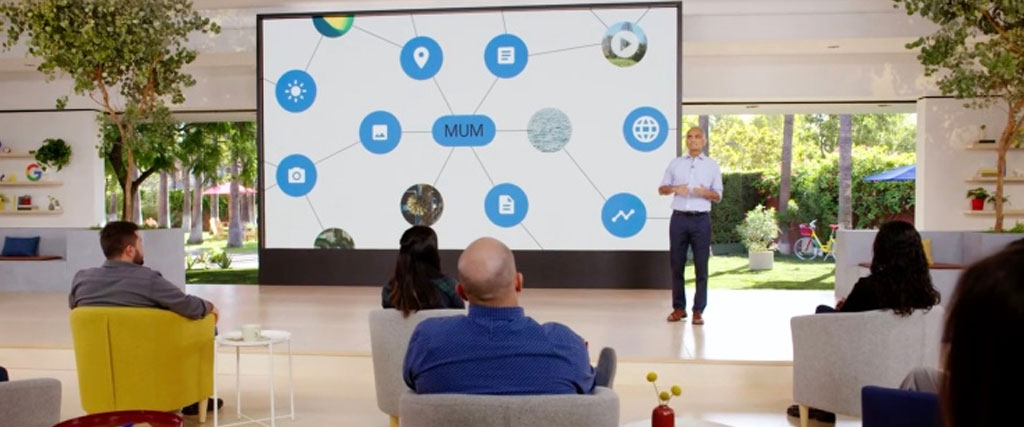Google Uses AI to Improve Google Search: Google has stated that it will use AI developments to improve Google Search, including a new technique called Multitask Unified Model (MUM).
The company highlighted new capabilities, including those that use MUM, at its Search On event. It’ll help to better connect web searchers to the information they’re searching for while also making web search feel more natural and intuitive.
One of the features being launched is called “Things to know,” which will focus on making it easier for people to understand new topics they are searching for.
This feature understands search intent and provides quick facts about what people are searching for.
For example, if someone is searching for “acrylic painting,” it may suggest “Things to know” like how to get started with painting, step-by-step, or the different styles of acrylic painting, tips about acrylic painting, how to clean acrylic paint and more. In this example Google is able to identify over 350 different topics related to acrylic painting, it notes.
Google Uses AI to Improve Google Search, Google says they will also be expanding this feature in near future by using MUM to help web users unlock even deeper insights into the topic beyond what they may have thought.
They are also developing new ways that will help make it easier to not only refine searches but broaden them as well without having to start over with a new query or typing in additional terms.
One of those features is called “Explore,” which surfaces results from across the web that is related to a single topic or searches term.
For example, if someone were searching for “blue jays bird sounds,” Explore might surface links to pages with the bird sounds themselves, information about blue jays and birds in general, or other types of relevant content.
Another feature being launched is called “Knowledge Graph,” which makes it easier to find the knowledge that matters when they are searching for something.
It aggregates information from across the web into a single box on search results pages, and also offers up more in-depth details about topics directly within Google Search too.
For example, if someone were searching for “Washington DC museums,” Knowledge Graph would provide a list of the most popular museums in Washington DC.
Google also announced that it is applying its advancements with AI to video search too by being able to identify topics within videos as well as identifying key moments or segments inside them. They are then able to provide links that allow users to dig deeper and learn more.
Knowledge Graph is launching later this year, while Things to know will be rolling out over the coming months. Google notes it is also planning on applying MUM to other areas of its business too beyond just web search.







